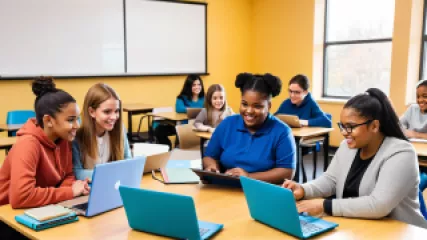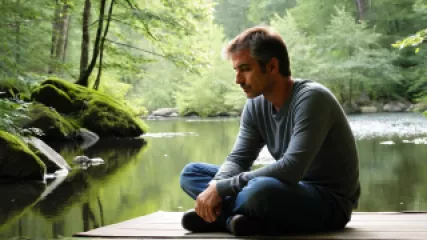Why Trusting Your Gut is Crucial for Developing Intuition Online
vor 1 Jahr
Intuition entwickeln
Learning Mental Health Lessons from the Power of Physical Touch in Books and Movies
vor 1 Jahr
Vorteile von körperlicher Berührung
Effective Relaxation Techniques for Caregivers
vor 1 Jahr
Pflegestress
Exploring Friendship Dynamics: Lessons from Books and Movies
vor 1 Jahr
Freundschaftspsychologie
Navigating the Personal Development Journey of the Parent-Child Relationship
vor 1 Jahr
Eltern-Kind-Beziehung
How to Heal After a Breakup: Expert Advice for Dealing with a Broken Heart
vor 1 Jahr
Eine Trennung bewältigen
What are the benefits of taking special education classes online?
vor 1 Jahr
Sonderpädagogik
My Journey with Mindfulness and Meditation Techniques
vor 1 Jahr
Achtsamkeit vs. Meditation
Building Resilience in Kids: A Step-by-Step Guide
vor 1 Jahr
Resilienz bei Kindern aufbauen
How I Overcame a Broken Heart and Reclaimed My Life
vor 1 Jahr
Eine Trennung bewältigen
Caring for Aging Parents: Frequently Asked Questions
vor 1 Jahr
Altern der Eltern
How Physical Touch Can Alleviate Anxiety: A Research Summary
vor 1 Jahr
Vorteile von körperlicher Berührung
Unlocking New Insights: Behavioral Therapy Techniques Inspired by Beloved Books and Films
vor 1 Jahr
Lernstile
How Physical Touch Can Reduce Stress: An Interview with a Massage Therapist
vor 1 Jahr
Vorteile von körperlicher Berührung
The Ultimate Guide to Improving Senior Mental Health and Empowerment
vor 1 Jahr
Psychische Betreuung älterer Menschen















